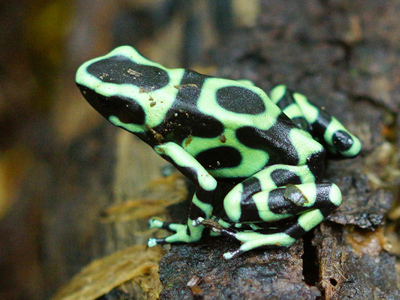
Biology - Adaptation
This Biology quiz is called 'Biology - Adaptation' and it has been written by teachers to help you if you are studying the subject at high school. Playing educational quizzes is a user-friendly way to learn if you are in the 9th or 10th grade - aged 14 to 16.
It costs only $12.50 per month to play this quiz and over 3,500 others that help you with your school work. You can subscribe on the page at Join Us
Interdependence and adaptation is one of the subjects covered within science in high school. This quiz looks at the adaptation of different organisms to their environment. It is a key part of biology and an understanding of it will help students to comprehend the theory of evolution.
Ready for more?
not all...
quizzers. Try to win a coveted spot on our Hall of Fame Page.







